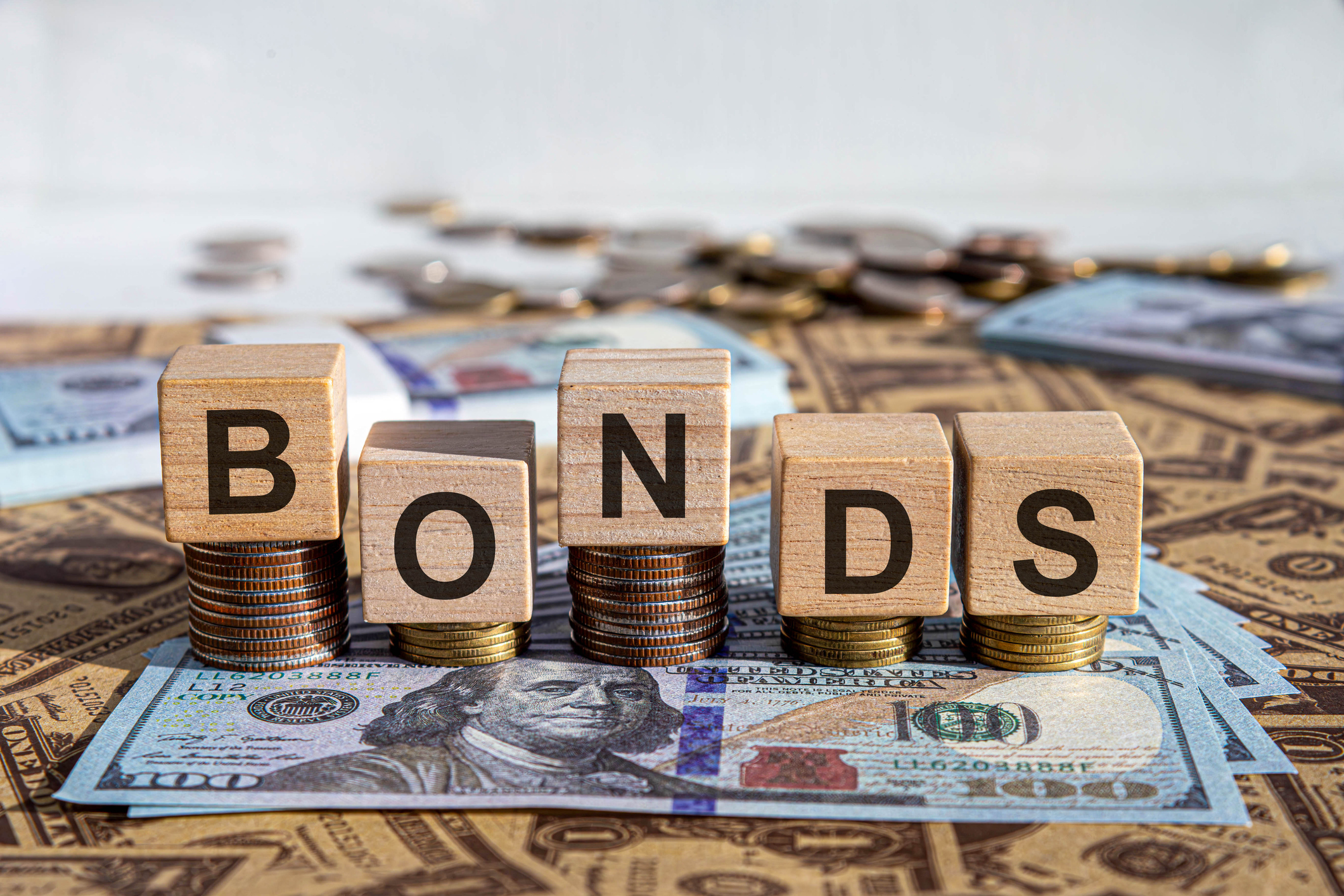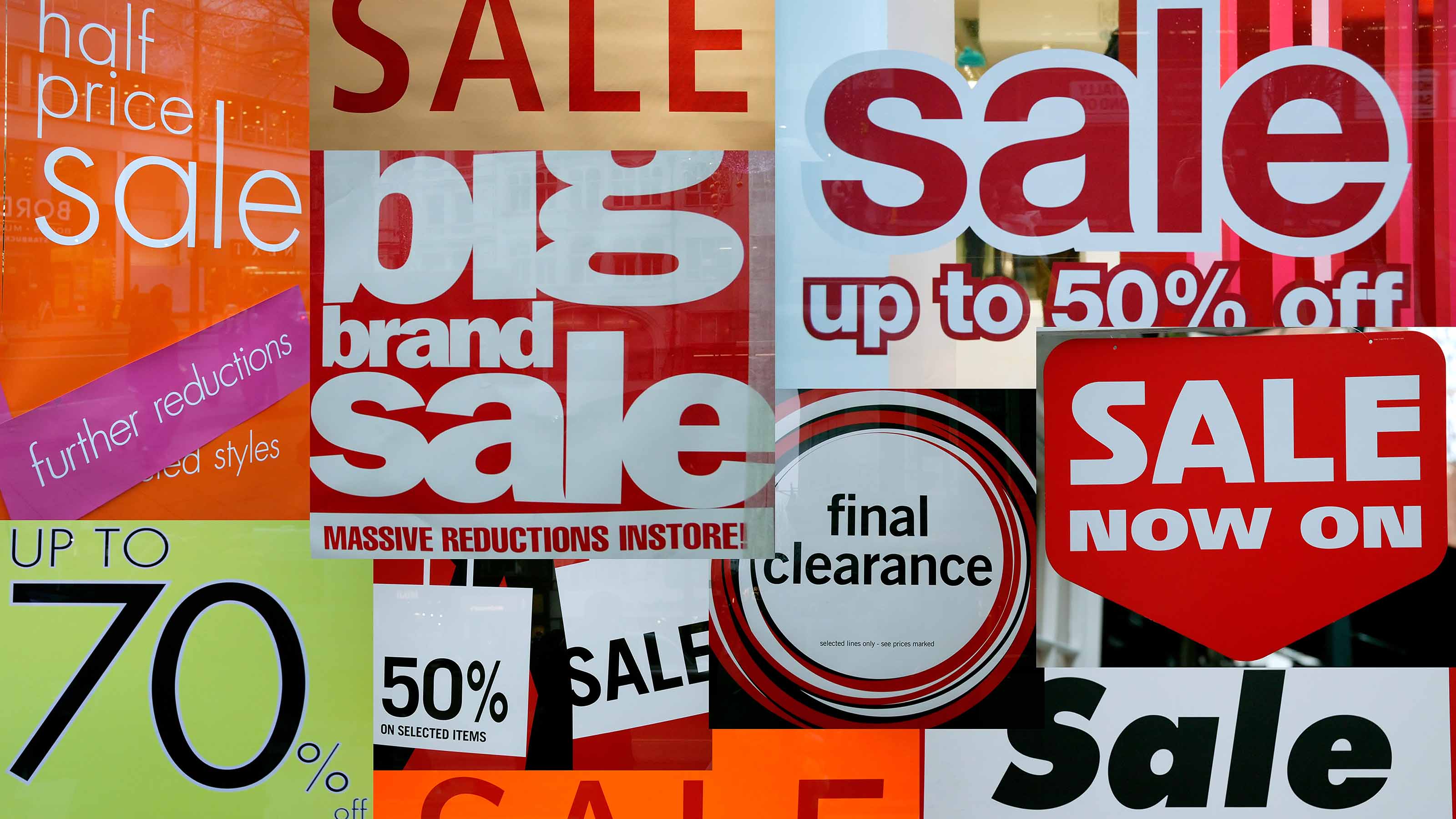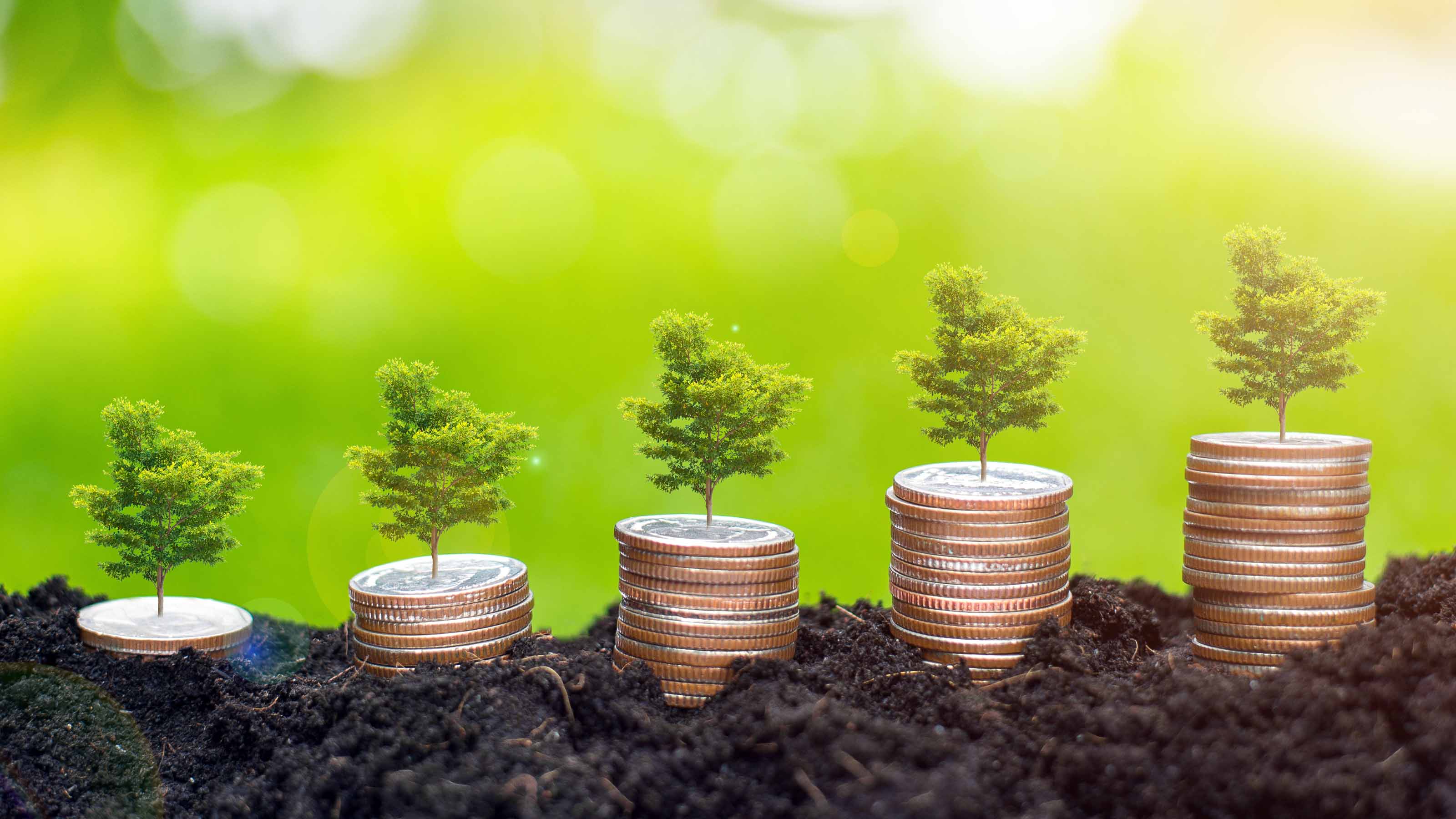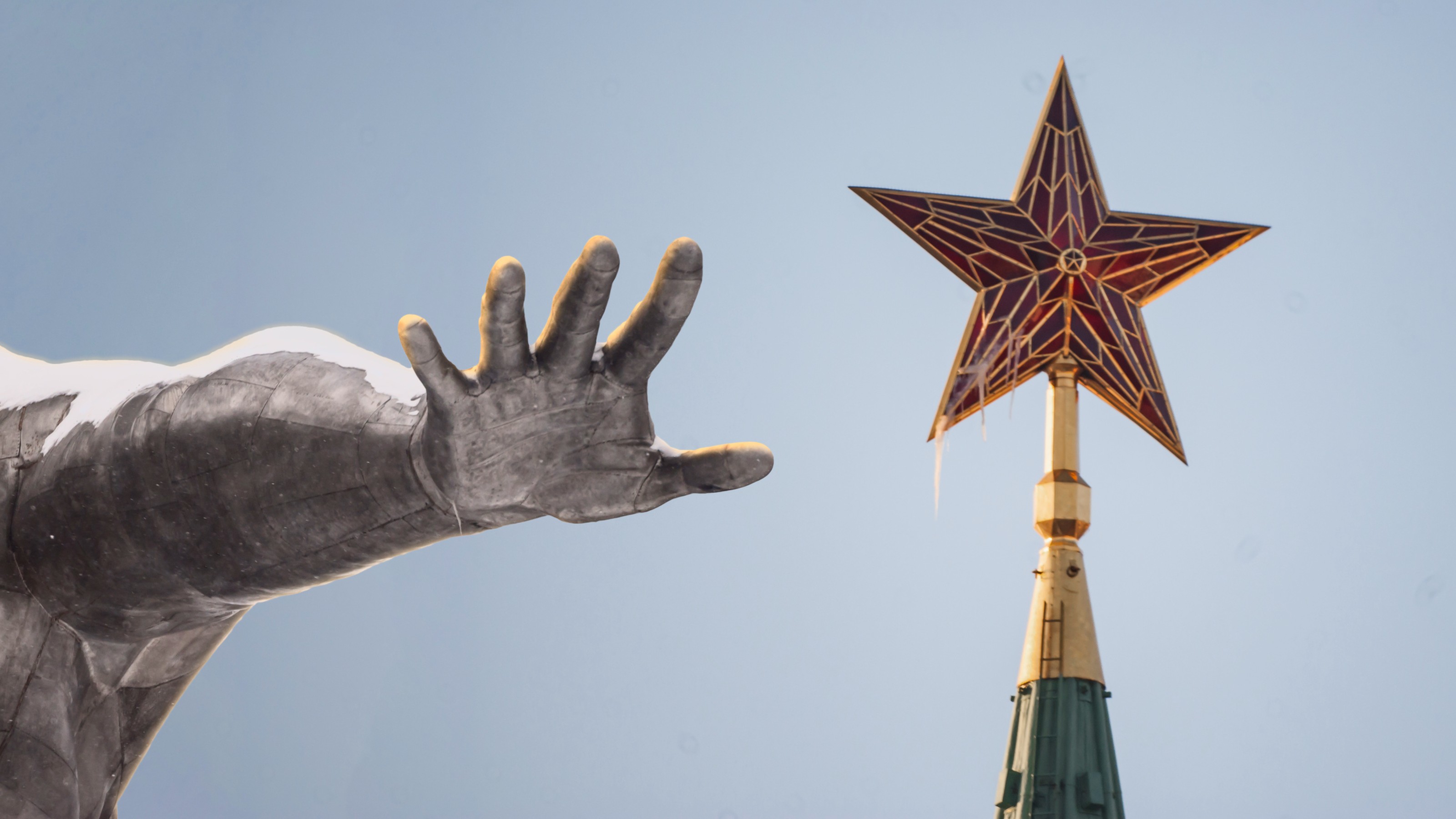Is It Time to Try Investing in Japan Again?
If you're ready, you need to employ a cautious strategy.

Thirty years ago, Japan’s economy was roaring. Flush with cash, the Japanese bought such U.S. icons as Columbia Pictures, the Empire State Building, Firestone Tire & Rubber, Pebble Beach golf course and Rockefeller Center. In Japan, meanwhile, real estate values soared. “At the market’s peak in 1991,” reported the New York Times, “all the land in Japan, a country the size of California, was worth about $18 trillion, or almost four times the value of all property in the United States at the time.” The grounds of the Imperial Palace were reported to be worth more than France. Stocks went through the roof. The Nikkei 225 index tripled in just four years, from 13,000 at the start of 1986 to nearly 39,000 at the end of 1989.
A true managerial miracle was behind at least part of the boom. With a fiercely dedicated workforce, the Japanese pioneered such strategies as just-in-time manufacturing, which supplied parts only when they were needed, cutting expensive inventories. But much of the boom depended on low interest rates and a mania for borrowing, encouraged by banks and the government. And then it all came apart.
The Nikkei fell to 16,000 by mid 1992, followed by economic stagnation. Japan’s economy has exceeded 2% annual growth in only five of the 26 years since the bubble burst. Attempts to snap the nation out of its torpor by dropping interest rates to zero and running massive deficits failed.
From just $107.88 $24.99 for Kiplinger Personal Finance
Become a smarter, better informed investor. Subscribe from just $107.88 $24.99, plus get up to 4 Special Issues

Sign up for Kiplinger’s Free Newsletters
Profit and prosper with the best of expert advice on investing, taxes, retirement, personal finance and more - straight to your e-mail.
Profit and prosper with the best of expert advice - straight to your e-mail.
Lately, Japan has been making a comeback—of sorts. The economy has grown for seven consecutive quarters, the longest streak in nearly two decades. Private investment has risen briskly, and unemployment, at 2.8%, is lower than in any other major economy. But Japan’s turnaround under Prime Minister Shinzo Abe has been modest, even if government enthusiasm is robust. Experts at The Economist magazine project the country’s gross domestic product will rise 1.3% in 2018, compared with 2% for Europe, 2.4% for the U.S. and 6.4% for China.
A Yen for Exports
Regulatory reforms in a nation with a hidebound bureaucracy have helped, but so has the decline in the value of the yen. In December 2012, the month Abe began his current tenure as prime minister, it took 91 yen to buy a dollar; now it takes 113.4. A cheaper yen makes Japanese goods more attractive abroad, and the most recent government report shows that exports grew 14% in October compared with a year earlier as demand for vehicles and electronics remained robust.Investors have taken note of Japan’s mini recovery. The Nikkei 225 has more than doubled in the past five years, outperforming Standard & Poor’s 500-stock index, the equivalent U.S. benchmark. But the Nikkei is still about 40% below its 1989 high—even though the Japanese economy, for all its misery, is more than 60% larger. (Returns are through December 8.)
A popular exchange-traded fund that measures the performance of 322 large- and mid-cap Japanese stocks, iShares MSCI Japan (symbol EWJ, $60), scored average annual returns of 11.3% over the past five years—roughly coinciding with the tenure of Prime Minister Abe. By comparison, SPDR S&P 500 (SPY), a U.S. ETF linked to the S&P 500, returned 15.6%, and iShares MSCI World (URTH), a global index ETF, returned 11.7%, slightly more than the Japan fund. In short, the market is strong but not exceptionally so. If Japan can make a sustainable comeback, it might be an excellent time to buy shares.
Note that might. Skepticism about Japan is warranted for two reasons. First, Japan has been through several other mini recoveries that fizzled. Second, Japan has one big problem that Abe is unlikely to fix: Its fertility rate is low, so its population has declined for eight consecutive years and is expected to keep falling. As a result, the ratio of its working-age population to its dependent population (mainly retirees) is now 1.0, compared with about 1.5 globally. That means a Japanese worker must support both himself or herself and one other nonworking person. The population, now 125 million, is projected to drop below 100 million by about 2055, when about two-fifths of the people will be older than 65. The market seems to have accepted these facts and built them into stock prices, even as Japanese companies are earning more. Matthew Klein, of FT Alphaville, a market-commentary website, figures that Japanese stocks, excluding financials, are about 40% cheaper than U.S. stocks and 20% cheaper than European shares.
How to Invest
Unfortunately, buying individual Japanese stocks is not easy. The American depositary receipts (versions of foreign shares that are traded here) of just 12 Japanese companies trade on the New York Stock Exchange, and just two trade on Nasdaq.
Among them, however, are some of the world’s great businesses, including Toyota Motor (TM, $124), with revenues that exceed those of General Motors by about 50%. Toyota’s shares haven’t budged much since mid 2013, but the dividend yield is a handsome 3.2%. Only about one-fourth of its vehicle sales are in Japan, so Toyota depends less on a robust Japanese economy. If you think that, despite demography, Japan’s own economy will turn around, consider NTT DoCoMo (DCM, $25), the country’s largest telecom company, which yields 3.5%.
Many of Japan’s best companies are available only over-the-counter in the U.S. That is, they don’t trade on an exchange, and they lack the kind of regulation and disclosure that the Securities and Exchange Commission requires for exchange-listed stocks. Also, OTC traders often mark up stock prices, and trading is generally thin, leading to more volatility.
My advice, therefore, is to let fund managers do the buying. Among ETFs, the iShares offering is the largest by assets and carries an expense ratio of 0.48%. Another good choice, with the same expense ratio, is WisdomTree Japan Hedged Equity (DXJ, $59), which is designed to neutralize the fluctuations of the Japanese yen against the dollar. The fund has significantly outperformed conventional Japan index ETFs that don’t practice currency hedging. If, however, the yen starts rising against the dollar, the fund will suffer. A big star lately has been WisdomTree Japan SmallCap Dividend (DFJ, $79), an ETF that does not hedge currency swings but has returned an annual average of 14.9% over the past five years with a gigantic, highly diversified portfolio (currently 732 stocks). Top holdings include Sankyo, a maker of popular Pachinko gambling machines, and DIC, a manufacturer of printing inks. The fund’s expense ratio is 0.58%.
Don’t neglect actively managed funds. Unfortunately, Matthews Japan (MJFOX), run by my favorite firm for picking Asian stocks, has closed to new investors, but it might be available through an adviser with other clients in the fund, if you happen to work with one. Another fund I admire, Fidelity Japan (FJPNX), launched a quarter-century ago. Among its top holdings is Mitsubishi UFJ Financial (MTU, $7), whose ADRs are listed on the NYSE. T. Rowe Price Japan (PRJPX) is also venerable, with a five-year annual average return of 15.6%. These funds have higher expenses than the ETFs, but the costs are not out of line for foreign portfolios.In the end, I would take a cautious approach to Japan. Add a fund or two to your portfolio, but don’t go nuts. Abe seems to be on the right track, but unless Japan solves its demographic problem (probably through wise immigration policies), it could take a long time to get the Nikkei back to where it was in 1989.
Profit and prosper with the best of Kiplinger's advice on investing, taxes, retirement, personal finance and much more. Delivered daily. Enter your email in the box and click Sign Me Up.

-
 Changes Are Coming for This Invesco Bond Fund
Changes Are Coming for This Invesco Bond FundThe Invesco BulletShares 2026 Corporate Bond ETF's bonds will mature in 2026. Here's what investors should do.
-
 What Science Reveals About Money and a Happy Retirement
What Science Reveals About Money and a Happy RetirementWhether you’re still planning or already retired, these research-based insights point the way to your best post-work life.
-
 7 Retirement Planning Trends: What They Mean for You in 2026
7 Retirement Planning Trends: What They Mean for You in 2026From government shutdowns to market swings, the past 12 months have been nothing if not eventful. The key trends can help you improve your own financial plan.
-
 5 Big Tech Stocks That Are Bargains Now
5 Big Tech Stocks That Are Bargains Nowtech stocks Few corners of Wall Street have been spared from this year's selloff, creating a buying opportunity in some of the most sought-after tech stocks.
-
 How to Invest for a Recession
How to Invest for a Recessioninvesting During a recession, dividends are especially important because they give you a cushion even if the stock price falls.
-
 10 Stocks to Buy When They're Down
10 Stocks to Buy When They're Downstocks When the market drops sharply, it creates an opportunity to buy quality stocks at a bargain.
-
 How Many Stocks Should You Have in Your Portfolio?
How Many Stocks Should You Have in Your Portfolio?stocks It’s been a volatile year for equities. One of the best ways for investors to smooth the ride is with a diverse selection of stocks and stock funds. But diversification can have its own perils.
-
 An Urgent Need for Cybersecurity Stocks
An Urgent Need for Cybersecurity Stocksstocks Many cybersecurity stocks are still unprofitable, but what they're selling is an absolute necessity going forward.
-
 Why Bonds Belong in Your Portfolio
Why Bonds Belong in Your Portfoliobonds Intermediate rates will probably rise another two or three points in the next few years, making bond yields more attractive.
-
 140 Companies That Have Pulled Out of Russia
140 Companies That Have Pulled Out of Russiastocks The list of private businesses announcing partial or full halts to operations in Russia is ballooning, increasing economic pressure on the country.
-
 How to Win With Game Stocks
How to Win With Game Stocksstocks Game stocks are the backbone of the metaverse, the "next big thing" in consumer technology.